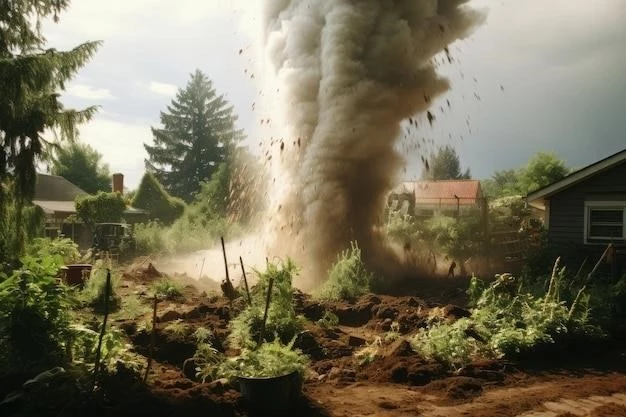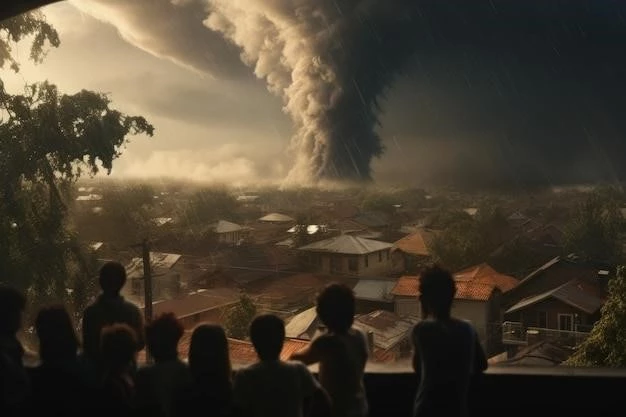Natural disasters are a stark reminder of the immense power of nature and the fragility of human existence. These events, ranging from earthquakes and tsunamis to hurricanes and wildfires, leave behind a trail of devastation, not only reshaping landscapes but also profoundly impacting the lives of millions around the globe.

The Rising Tide of Disasters
Over the past century, the world has witnessed a dramatic increase in the frequency and intensity of natural disasters. This surge can be attributed to a confluence of factors, with climate change emerging as a significant driver. As global temperatures rise, we are experiencing more extreme weather events, such as prolonged droughts, heavier rainfall, and more powerful storms. These events can trigger a cascade of hazards, including floods, landslides, and wildfires, exacerbating the human toll.
A Grim Harvest: Mortality and Displacement
Natural disasters exact a heavy price on human life. According to the World Meteorological Organization (WMO), weather, climate, and water-related disasters have accounted for over two million deaths and trillions in economic losses globally between 1970 and 2019. While improved early warning systems and disaster management strategies have significantly reduced mortality rates over the decades٫ the number of people exposed to disaster risk continues to rise due to population growth٫ particularly in hazard-prone areas.
Beyond the immediate loss of life, natural disasters cause widespread displacement, uprooting communities and forcing people to flee their homes in search of safety and survival. The Internal Displacement Monitoring Centre estimates that millions are displaced annually due to disasters, creating a humanitarian crisis that demands urgent attention.
The Ripple Effect: Health, Livelihoods, and Mental Well-being
The human cost of natural disasters extends far beyond the immediate aftermath. The destruction of infrastructure, disruption of essential services, and contamination of water sources can lead to outbreaks of disease and exacerbate existing health issues. Loss of livelihoods, displacement, and damage to property plunge communities into economic hardship, often pushing vulnerable populations further into poverty. The psychological trauma inflicted by these events, including the loss of loved ones, homes, and communities, can have long-lasting impacts on mental well-being.
Building Resilience: A Shared Responsibility
Addressing the human toll of natural disasters requires a multi-faceted approach that prioritizes preparedness, mitigation, and response.
Strengthening Early Warning Systems
Investing in robust early warning systems, particularly in developing countries that often bear the brunt of these disasters, is crucial. Early warnings provide communities with valuable time to prepare, evacuate, and ultimately, save lives.
Climate Change Mitigation and Adaptation
Addressing the root causes of climate change is paramount. Reducing greenhouse gas emissions through a transition to clean energy sources and sustainable practices can help mitigate the frequency and intensity of extreme weather events.
Investing in Disaster Risk Reduction
Integrating disaster risk reduction strategies into urban planning, infrastructure development, and land management practices can minimize the impact of hazards. This includes building codes that enhance resilience to earthquakes and storms, as well as ecosystem-based approaches that mitigate flooding and erosion.
Strengthening Community Resilience
Empowering communities to prepare for and respond to disasters is essential. This includes providing access to information, education, and training on disaster preparedness, as well as fostering community-based early warning systems and evacuation plans.

Conclusion: A Call to Action
The human toll of natural disasters is a stark reminder of our shared vulnerability and the urgent need for collective action. By prioritizing disaster risk reduction, investing in climate change mitigation and adaptation, and strengthening global cooperation, we can strive to create a safer and more resilient future for all.










